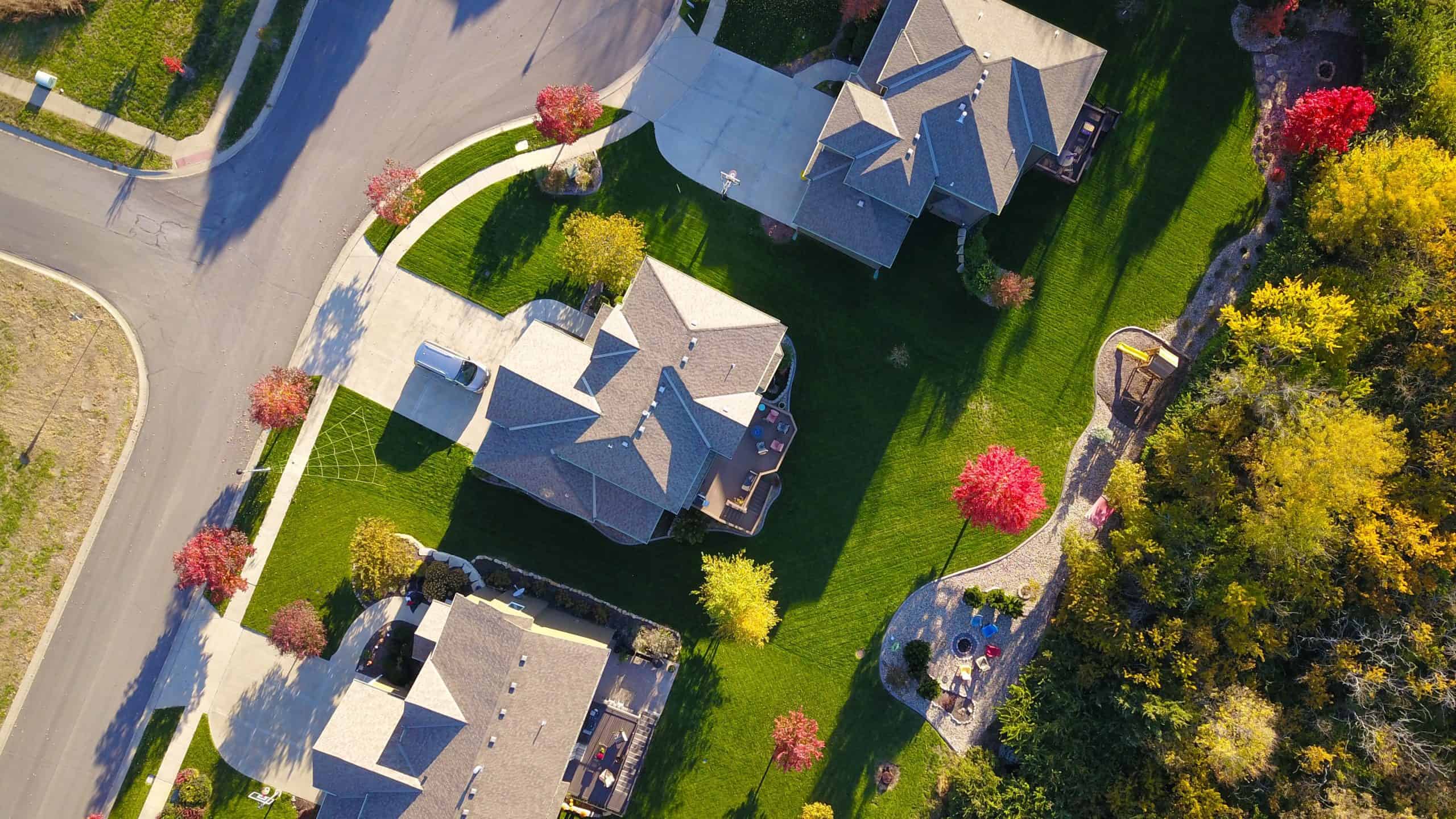COVID-19’s Effect on Multifamily and Opportunity Zones
DALLAS—While many segments such as self-storage are less generally impacted by volatility in the economy, Mountain Pacific indicates that multifamily also has strong fundamentals, making it a viable asset class long term. Mountain Pacific is a development firm created in 2019 to provide equity for real estate development and opportunistic value-add transactions with a focus on opportunity zones.
To be sure, there is an undeniable housing shortage in the US caused by growing rental demand, limited new construction and rising development costs. According to the National Multifamily Housing Council, 4.6 million new apartments need to be completed by 2030 in order to keep with demand. Mountain Pacific believes that this persistent shortfall in the market’s ability to meet housing demand will continue to promote strong asset class performance. Despite rising construction costs, the firm sees opportunities to develop apartments for renters at various income levels while still achieving superior risk-adjusted returns.
The lag in wage growth has resulted in significant migration into states and counties with lower costs of living and/or superior job prospects. Some of these counties include Maricopa County (Phoenix), Harris County (Houston), Dallas County, and gentrifying areas in and around Los Angeles County.
Some 8 million new renter households have been created with the number of middle and high-income renters having the largest increase. Specifically, the percentage of middle-income renters increased 13% and the percentage of high-income renters increased 27% from 2000 and 2016, says Mountain Pacific. This increase in demand in an otherwise under-supplied market has forced increases in median rents. A newly created renter category, renter by choice, which represent these higher income earners, are vying for the same housing stock as the lower income earners causing potential displacement of this key demographic.
Joan Kramer, partner of Mountain Pacific Opportunity Partners, recently weighed in on these issues, opportunity zones and why multifamily is still one of the shining stars in the CRE galaxy.
GlobeSt.com: Describe why the multifamily sector is positioned for success despite the turmoil in the financial markets resulting from the COVID-19 outbreak.
Kramer: One of the downsides of COVID-19 is that it has continued to make homeownership increasingly out of reach for many young professionals and families. We think that well-positioned multifamily product in markets with solid fundamentals will be a good alternative for this sector of the market.
GlobeSt.com: Mountain Pacific’s Texas portfolio includes multifamily value-add and ground-up development projects in Harris and Dallas counties–why are these specific markets of interest for opportunity zone developments?
Kramer: For every Opportunity Zone transaction that we look at, we look first to see that the deal works on its own merits and then we place the added benefits of OZ on top of those economics. The transactions that we have sourced in these markets make good fundamental sense on their own based on job growth, new construction and absorption.
GlobeSt.com: How has the renter demographic shifted in these regions during the last several years?
Kramer: Another criteria for our OZ investing is that we select sites that are in the path of growth and are either surrounded by current growth/gentrification or are the next block in that growth. Thus, in the areas that we are investing, we have seen improving demographics.
GlobeSt.com: Can you provide some insight on the current Opportunity Zone projects you are working on in Dallas?
Kramer: We are working on a development in the Bishop Arts area of Dallas. This is a 266-unit project that started construction in first quarter 2020 and comes to market in third quarter 2022. The unit mix and amenities will be geared to the current influx of residents in that market.
GlobeSt.com: Why will Opportunity Zones continue to be a great investment post-COVID?
Kramer: As noted, we only invest in transactions in which the fundamentals are solid as a non-OZ transaction. Two items of note as to OZ deals and COVID-19 are that most OZ deals are in development, so are not coming on to the market in the midst of the current crisis, but in 18 to 24 months. We anticipate seeing recovery in these markets over that timeframe. Additionally, OZ deals are by their nature structured to be longer term transactions, so they have a runway to continue to see rental improvement.
source: globest.com
















 Accessibility
Accessibility